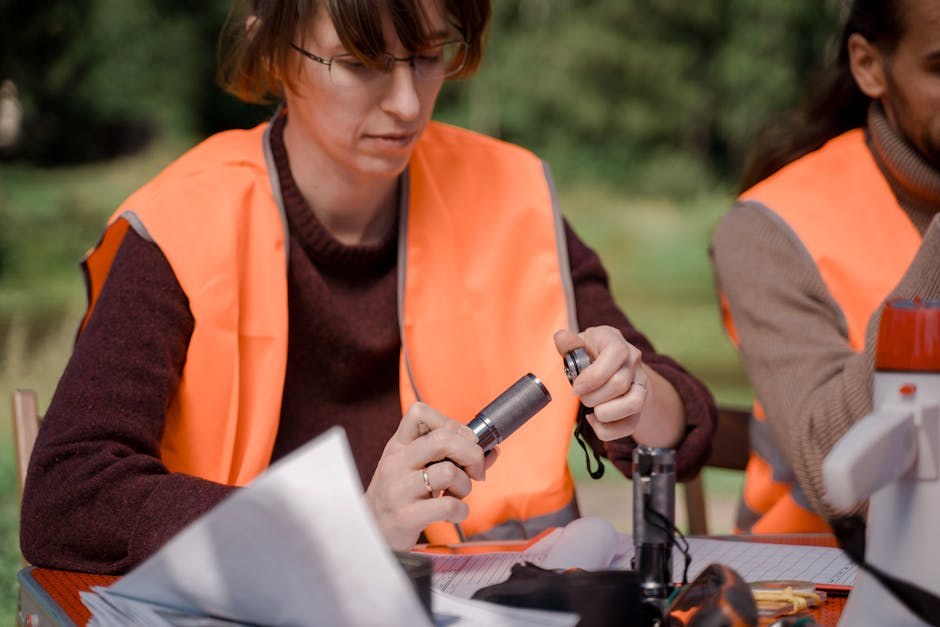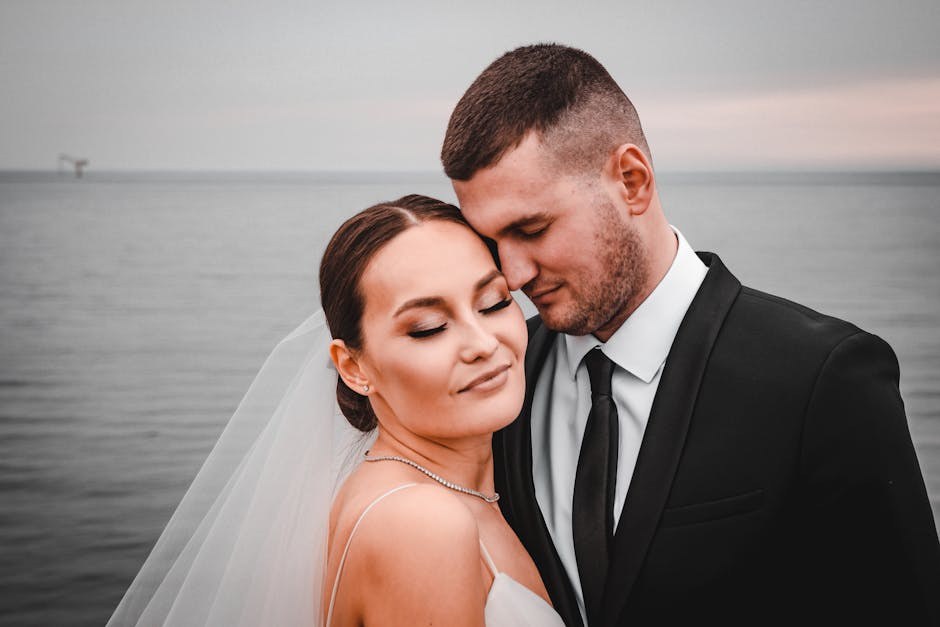You like each other, you spend time together, and there’s chemistry – but labels feel slippery. That gray area can be exciting and nerve-wracking at the same time, especially when you’re trying to decode the dating vs relationship landscape without forcing an awkward conversation before you’re ready. This guide reframes the signals you’re already seeing, so you can read them calmly, compare them to your own situation, and decide what fits your pace. No scorecards, no pressure – just a clear look at how casual connections evolve into something steadier, and how to recognize when they don’t.
The hazy space between casual and committed
People often imagine only two boxes: you’re either casually seeing each other or you’re in a full relationship. Real life is messier. The middle ground includes early exclusivity without labels, “seeing where it goes,” steady routines that haven’t been discussed, and connections that are deep in feeling but light on plans. That in-between zone is where most uncertainty lives, and it’s exactly where the dating vs relationship tension shows up – you want to enjoy what you have while still understanding what it means.
Part of the confusion comes from timing. Two people can move at different speeds and still care about each other. It’s common to start with casual plans and only later realize that consistency, closeness, and trust are forming. When you pay attention to patterns – not just one dazzling weekend – you’ll see whether the habits around you align more with a casual rhythm or a relationship rhythm.

There’s also the fear factor: bringing up labels too soon can feel risky. Yet letting uncertainty linger can make you guarded or distant. That’s why reading the ordinary behaviors – how you plan, how you communicate, how you treat each other when nothing special is happening – often tells you more about the dating vs relationship question than any grand gesture ever could.
Core differences you can observe
Before diving into specific indicators, it helps to understand the basic contrast. Casual setups prioritize fun, freedom, and low stakes; serious partnerships lean on consistency, mutual promises, and shared direction. The presence of affection alone doesn’t answer the dating vs relationship riddle – what matters is whether affection is backed by reliability, mutual consideration, and decisions that include the other person’s reality, not just your own.
Signals that point to casual territory
-
The arrangement resembles friendly intimacy
Sometimes you connect with a friend who fits your life and values, and intimacy becomes part of the mix. That blend can feel warm and easy, but by itself it doesn’t create a commitment. If neither of you has discussed expectations or boundaries, the setup is likely designed for the present – a hallmark of the dating vs relationship divide on the casual side.

-
There’s openness to other options
When the dynamic is light, each person may chat, text, or meet others without secrecy or guilt. You might schedule coffee with someone new even as you enjoy this connection. The tone is exploratory, not exclusive – and that tone usually means the dating vs relationship needle is resting on casual.
-
Physical chemistry isn’t the whole story – but it may be the headline
Casual dating doesn’t require intimacy, and plenty of people choose to wait. Still, if the energy between you prioritizes attraction over planning, support, or shared life logistics, the emphasis is clear. In casual mode, desire can be abundant while commitments stay sparse.
-
Time together is intermittent
You meet when schedules align, not because you’ve woven each other into a weekly routine. Missed weekends don’t prompt a regroup – they simply pass. You enjoy the moments but don’t engineer more of them. The rhythm stays light, which often keeps the dating vs relationship question unanswered on purpose.

-
Feelings can become uneven
Casual is easy until it isn’t. One person may develop stronger attachment while the other remains exploratory. The mismatch isn’t a moral failure – it’s a timing issue. Recognizing that divergence early helps you protect your heart and clarifies which side of dating vs relationship you’re truly inhabiting.
-
Friends are distant or offstage
Meeting friends once at a loud party isn’t the same as being folded into someone’s social circle. If you rarely appear in each other’s wider lives – no easy, repeated hangouts with the people who matter – the connection likely remains casual. Social integration tends to arrive when the dynamic shifts toward commitment.
-
Future-talk feels out of place
Casual connections are present-tense. Long-range ideas – shared trips, seasonal plans, even next month’s tickets – can feel too heavy. If future-talk consistently stalls or gets brushed off, the energy is saying “here and now,” not “here and later.”
-
Promises aren’t central
Respect still matters, but there’s no expectation to promise big things or to reorganize your schedule around someone else’s needs. If commitments are rare, short, and flexible – and no one treats that like a problem – you’re squarely in low-stakes territory.
Markers that suggest relationship energy
-
You’ve had a direct conversation
Clarity changes everything. A simple talk – What do we want? What do we call this? – sets shared expectations. If you’ve discussed exclusivity, intentions, or the path ahead, you’ve stepped into the relationship lane. Even when you take it slow, that agreement answers the dating vs relationship puzzle with real words, not guesses.
-
Exclusivity is understood and practiced
Some pairs move into exclusivity before choosing a label. When both people choose not to date or sleep with others – and that choice is respected – the connection is building structure. You’re not just enjoying chemistry; you’re protecting it.
-
There’s regular, reliable planning
Recurring dinners, standing weekend time, or spontaneous weeknight check-ins all point to intention. You don’t have to ask whether you’ll see each other; it’s part of the rhythm. That consistency is one of the simplest answers to the dating vs relationship question because reliability signals care.
-
Friends become familiar faces
You’re invited repeatedly, not just introduced once. You learn inside jokes, discover histories, and show up for birthdays. The social web widens to include you, and you reciprocate. This mutual weaving usually happens when the connection is more than casual.
-
Emotional support is expected and offered
Bad days, tricky decisions, family stress – you turn to each other first. Support can be practical or simply present: listening on a late-night call, picking up comfort food, or sitting in quiet company. That dependable care goes beyond attraction and sits firmly on the relationship side of the dating vs relationship spectrum.
-
Trust becomes essential currency
In a serious bond, honesty isn’t a courtesy – it’s the foundation. You count on each other to keep confidences, honor agreements, and share relevant information. When missteps happen, they’re addressed because the relationship’s health matters to both of you.
-
Intimacy feels connected, not compartmentalized
Physical closeness carries meaning that extends beyond the moment. You notice how care shows up before and after – the way you check in, the comfort of staying over, the small rituals that make contact feel safe and cherished. Connection deepens because affection is paired with consideration.
-
Quality time becomes a priority
It’s not only about fun plans – it’s about time that strengthens your bond. Grocery runs, quiet Sunday mornings, walks after dinner, meeting each other halfway on a busy day. The ordinary moments start to matter, and you both protect them. That shift often settles the dating vs relationship uncertainty without a grand announcement.
How to read the signals without panic
Context matters. One sign on its own rarely determines anything. What you want is a pattern – the blend of scheduling habits, emotional availability, social overlap, and spoken expectations. If your reality is mostly casual but sprinkles in a few relationship-style moments, you might be in a gentle transition. If the pattern leans hard in one direction, believe it. The dating vs relationship question is easier when you track what people consistently do, not what they occasionally say.
Time is a useful filter here. The early stage of getting to know someone is naturally flexible – you experiment with cadence and chemistry. As weeks pass, reliable behavior either forms or it doesn’t. Many people find that a few months of steady contact reveal more than any one conversation ever could. If you see progress – a gradual move toward consistency and care – you can meet it with your own steadiness. If everything remains sporadic, assume the situation is telling you the truth.
Practical ways to check your status
Instead of racing toward labels, try pressure-free check-ins with yourself. Ask: Do I feel considered when plans are made? Do we find time during crowded weeks? Do we talk about upcoming events we both want? Do we navigate small conflicts with respect? Your answers stack up quickly, and they illuminate the dating vs relationship divide in everyday language.
Look at your calendars. Are you penciled in or part of the plan? Consistency is rarely accidental.
Observe conflict style. When misunderstanding happens – and it will – do you two repair, or do you drift? Repair suggests partnership.
Notice reciprocity. Who initiates? Who follows through? Mutual effort is a quiet but powerful signal.
Scan your social worlds. Are you known to their friends and vice versa? Familiarity grows when the bond deepens.
These day-to-day realities answer the dating vs relationship question without ultimatums. They also keep you grounded in your own values, which matters more than any label.
Nuance: when words and actions disagree
Sometimes people talk about commitment but behave casually. Other times, they avoid labels yet act with unmistakable devotion. When words and actions misalign, actions usually tell the clearer story. If you hear reluctance about planning while also experiencing distance, believe the pattern. If you hear hesitance about labels but see consistent care, patience might be wise. Either way, the dating vs relationship interpretation should prioritize what unfolds over time – not a single promise made on a dreamy night.
Also remember that pace is personal. Two people can be compatible and still need different amounts of time to feel certain. You don’t need to justify your timeline – you only need to communicate it respectfully. The right fit is someone whose pace can meet yours, not someone you must chase or slow down for indefinitely.
If you choose to talk about it
When you do feel ready to ask where things stand, aim for simple, direct, and kind. Share what you enjoy, what you’re hoping for next, and what would help you feel secure. You aren’t demanding guarantees – you’re trading clarity for clarity. Framing it as an invitation – “I like this and want to keep building; how do you see it?” – lowers defenses. Whatever the answer, you’ll move forward with more peace, and the lingering dating vs relationship fog will lift.
After the conversation, keep watching what happens. Clarity isn’t just spoken; it’s lived. If the shift you discussed appears in real behavior – more planning, deeper support, visible integration into each other’s lives – you’re trending toward commitment. If nothing changes, the message is also clear.
Reading each original sign with fresh eyes
To summarize the patterns in plain language, revisit the signature markers through a practical lens – not as rigid rules but as clues that make sense together.
Friendly intimacy without expectations: warmth is present, labels aren’t.
Exploration of other options: curiosity stays open and guilt-free.
Intermittent time together: enjoyable when it happens, effortless to miss.
Uneven feelings: timing mismatch appears, tenderness complicates things.
Limited social integration: the wider circle doesn’t quite include you.
Light planning and few promises: fun first, future later.
Clarity conversation: names it and shapes it.
Exclusivity and reliability: choose each other and show up.
Friend-group familiarity: repeated invitations, real inclusion.
Emotional support and trust: you’re each other’s person when it counts.
Meaningful intimacy: connection deepens beyond the moment.
Quality time prioritized: ordinary days matter, not just highlight reels.
Placed together, these clues offer a grounded reading of the dating vs relationship landscape. They help you see whether your bond is intentionally casual, naturally evolving, or quietly stuck.
Staying aligned matters
There’s nothing wrong with keeping it light if that’s what you both want – especially when life is busy and you’re still figuring out your needs. The key is alignment. If your hopes lean toward a long-term connection while the other person prefers flexibility, honesty saves you both time and tenderness. You’re allowed to desire a partner who meets your effort, plans with you, and shows steady care. That desire isn’t pressure; it’s clarity.
On the flip side, be open to the fact that care can grow unexpectedly. What starts with a low-key vibe might become meaningful through consistency and respect. Pay attention to how the connection treats you – whether you feel calm, chosen, and considered. The answer to the dating vs relationship question ultimately rests in how you are valued day to day. When the signals line up, you won’t have to guess.
Use these markers as a practical map, not a rigid checklist. Notice patterns, honor your pace, and choose the path that protects your well-being. Whether you remain casual for now or step into something steadier, the point is the same – move in the direction that matches your values, and let the behavior you see guide you with confidence.